For years, I’ve spotted unhealthy shoots on black and red pines and wondered about the cause.
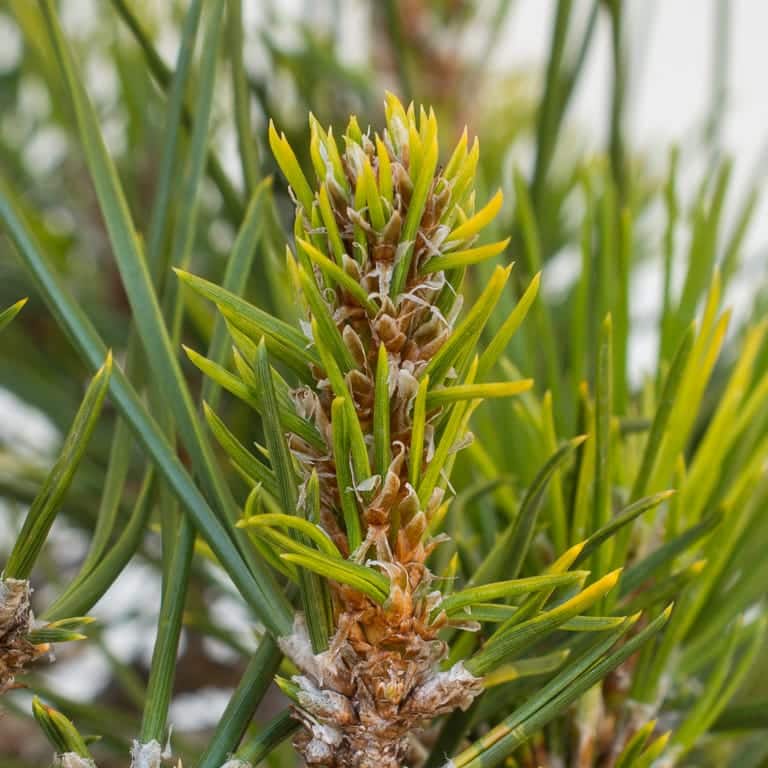
Unhealthy foliage on black pine
The main symptoms are discoloration – primarily yellow foliage – and deformed needles.
The problem affects young trees and old trees alike. On more refined trees, I see short, twisty, needles like in the photo above. On younger trees, the slender needles are longer but have a similar twist.
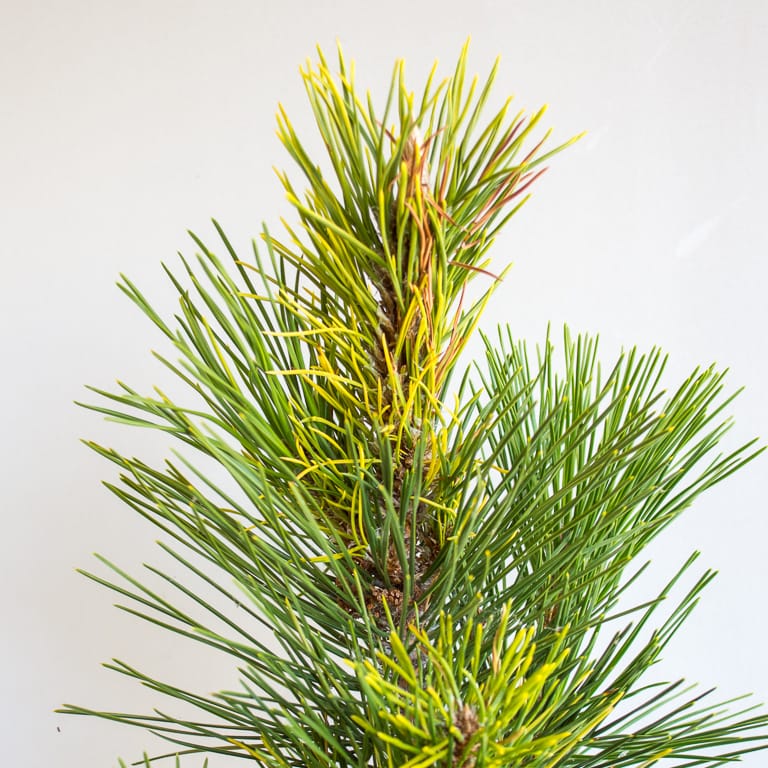
Affected foliage on a young pine
Most years the problem is limited to a few shoots on a few trees.
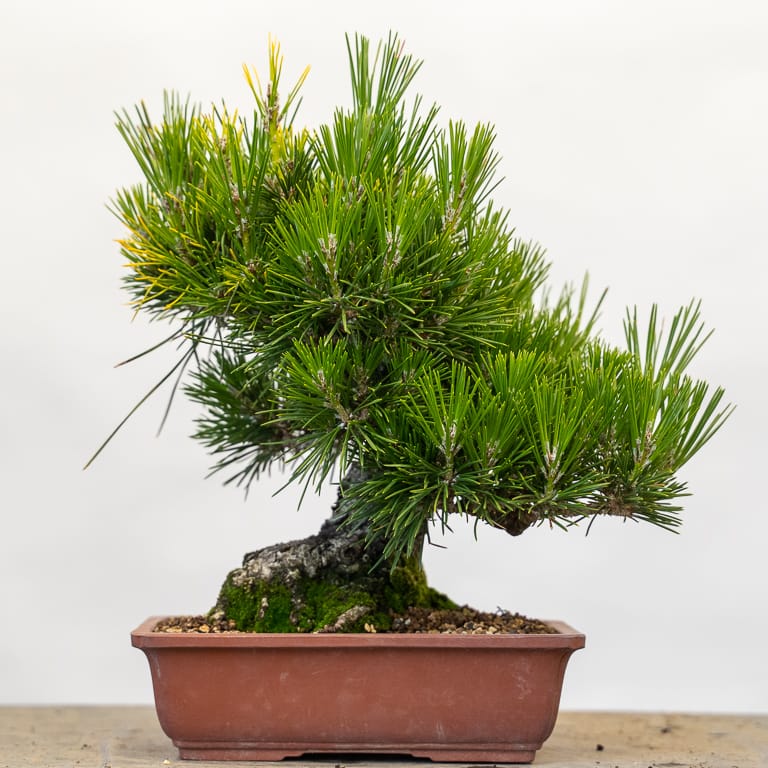
Minor symptoms
Occasionally the damage on given trees is more extensive. Only rarely does the problem affect a majority of the foliage.
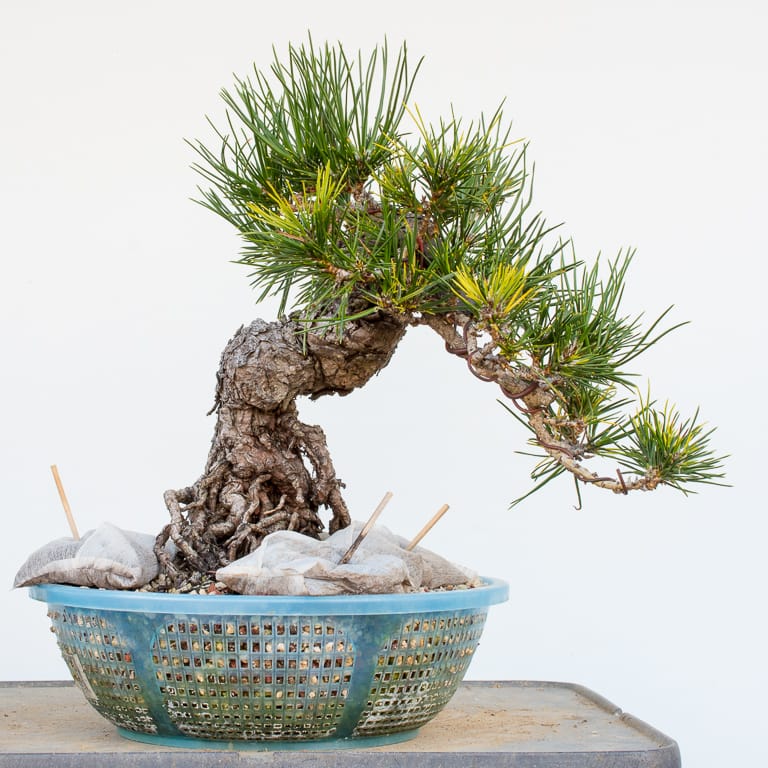
Moderate symptoms
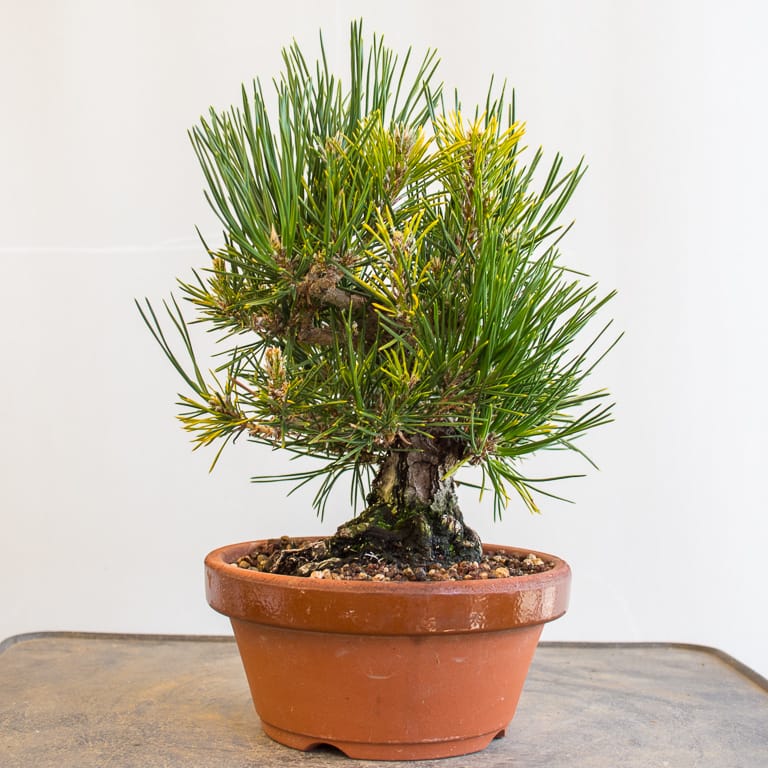
Extensive symptoms
In some cases, the trees recover after a year or two with no treatment. In other cases I cut away the affected foliage only to see a nearby branch succumb the following year.
I’ve long suspected there was a problem with the roots, but there is no way to tell for sure without sending samples to a lab for testing.
I was ready for an answer this year, so I sent affected branches and roots to Waypoint Analytical for analysis. About a month later I received the diagnosis: Pythium Root Rot.
The Pythium genus includes over one hundred species of oomycetes, fungus-like microorganisms that can cause a variety of plant and animal diseases. Pythium species are found in most soils, but are most likely to cause problems when excessive moisture is present.
This underscores the importance of using soil that doesn’t retain too much moisture. Volcanic particles like scoria and pumice are great for bonsai cultivation because they have irregular shapes that help maintain air in the soil. Sifting out fine soil particles with a sieve is another way to ensure roots don’t stay too wet.
Root rot is most likely to be a problem when bonsai are over-watered, when they haven’t been repotted in a long time, or when they are growing in soil that retains too much water.
If soil conditions improve for affected trees as a result of repotting or better watering habits, many trees can beat the fungus on their own. In more severe cases, treatment may be necessary. (See The University of California Integrated Pest Management website for Pythium management tips.)
Pythium isn’t the only root rot disease that can cause the symptoms I found in my pines, and I can’t be sure that it’s the culprit for all of the pines in my garden with symptomatic foliage. That said, getting the diagnosis has led me to change how I care for affected trees.
The biggest change is that I’m letting my pines dry out much more between waterings, particularly for weak or symptomatic trees. Even on hot days I avoid watering pines when the soil below the surface is moist.
I also plan to repot most of the affected trees this winter and will use soil mixes that retain less water (soil mixes with larger particles and a lower percentage of akadama).
In the meantime, I’m making sure all of the pines in my garden are getting enough sunshine and fertilizer to get them as healthy as possible ahead of winter.
The post Diagnosing root rot in black and red pine bonsai appeared first on Bonsai Tonight.
